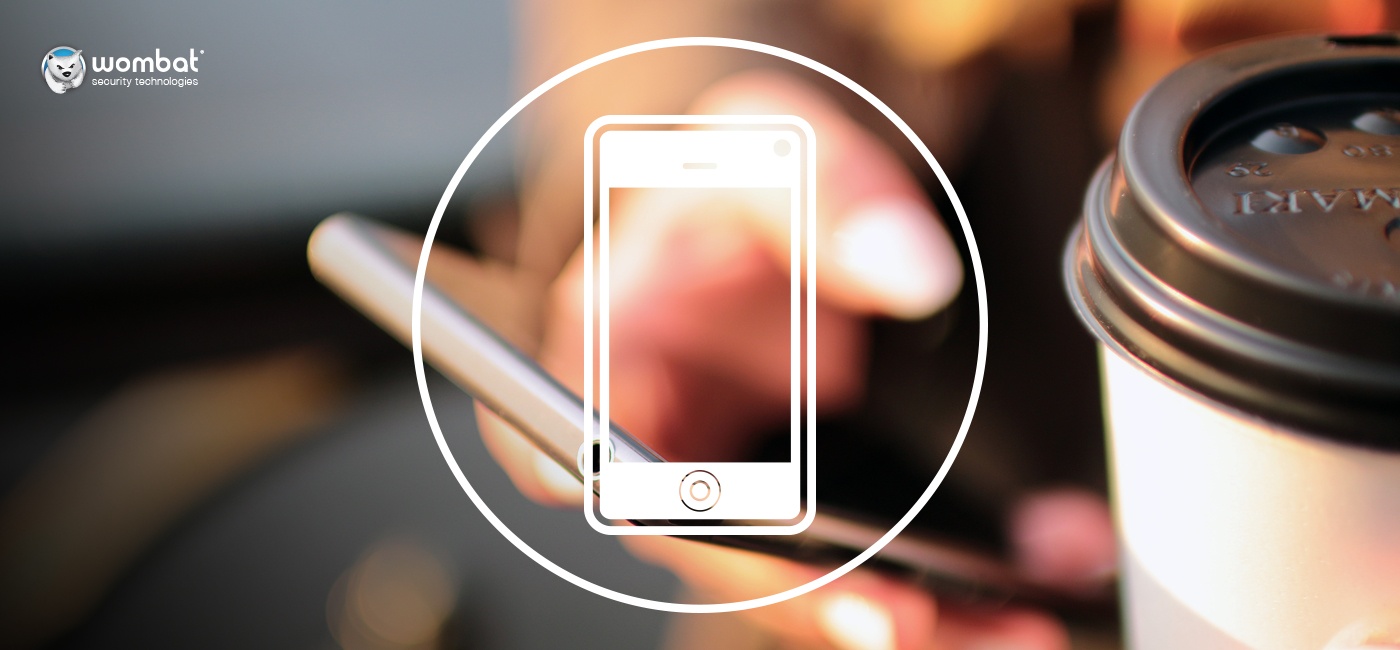Last updated: September 5, 2018

In relatively short order, mobile devices have become fixtures in our daily lives. Nothing makes this more clear than the fact that my parents have figured out texting and how to take — and send — a picture with their smartphone. It’s rather amazing to think about what is possible today that wasn’t possible just a few years ago.
But as Uncle Ben Parker of Spider-Man fame cautioned, “With great power comes great responsibility.” (That’s totally who said it. You can look it up.) Our devices help us connect, work, shop, and play — and to enable that, they hold a lot of personal information. Protecting our devices is akin to protecting ourselves.
It’s time to banish that alter ego who sits on your shoulder and tells you that things like identity theft can’t happen to you. Instead, power up by making the following mobile security tips a part of your cybersecurity arsenal.
Tip #1: Get Physical
How many times a week do you lose your phone in your house? (This can’t only happen to me.) Misplacing your device while in the safe confines of your own home is no big deal. But what about outside those walls? It’s incredibly easy for someone to pocket a mobile device that’s left out in the open. And it’s critical to recognize that smartphones and tablets are highly targeted by thieves, who watch for — and take advantage of — moments when unsuspecting users let down their guard.
To better protect your data, make it a habit to physically secure your devices when you're in public. Don’t leave them unattended on a restaurant table or on an airport check-in counter or even on your desk at work. Also be careful about “walking and talking”; particularly brazen thieves have been known to snatch phones right out of users’ hands and disappear into crowds.
In general, treat your mobile device the way you would a $100 bill or expensive piece of jewelry; take precautions so it isn't gone in a flash.
Tip #2: Banish Basic Passwords
Adding a decent password to your device is one of the best favors you can do for yourself and for your data. A four-digit passcode is just not good enough. And hall-of-shame-quality passwords are no good either, no matter how long they are.
You are better than a lame password! Opt for a longer passphrase (something personal and quirky), a complex swipe pattern, or a trusted biometric lock (like a well-tested and reviewed fingerprint or retinal scanner). This is an effective way to improve tablet and smartphone security with little effort.
Become a cybersecurity super hero! Check out other tips and advice on the Wombat Blog.
Tip #3: Question Your Connections
The same tools you use to connect with people, sites, and applications are the same tools cybercriminals use to connect with you. Don’t let connectivity be your kryptonite. Keep these tips in mind:
- Brush up on your WiFi security skills. Open/free networks are dangerous networks.
- Limit use of GPS tracking. Only enable this with trusted apps since GPS tags can expose personal residences and reveal schedules and habits.
- Turn off Bluetooth when not in use and choose connections carefully. Ill-advised Bluetooth pairings can leave your devices vulnerable — and can leave data behind.
- Be cautious of unsolicited text messages and unknown links. Phishing attacks aren't limited to computers and laptops; you can receive email on smartphones and tablets as well. Also be on the lookout for smishing (i.e., SMS/text phishing) attacks, as these malicious text messages can compromise your device and your data.
- Research apps before downloading them. With virtually every app, you grant a certain degree of access to your device and data. Malicious developers use permissions to get into your device and to get data out. Sites like PrivacyGrade.org can help you make better decisions.


